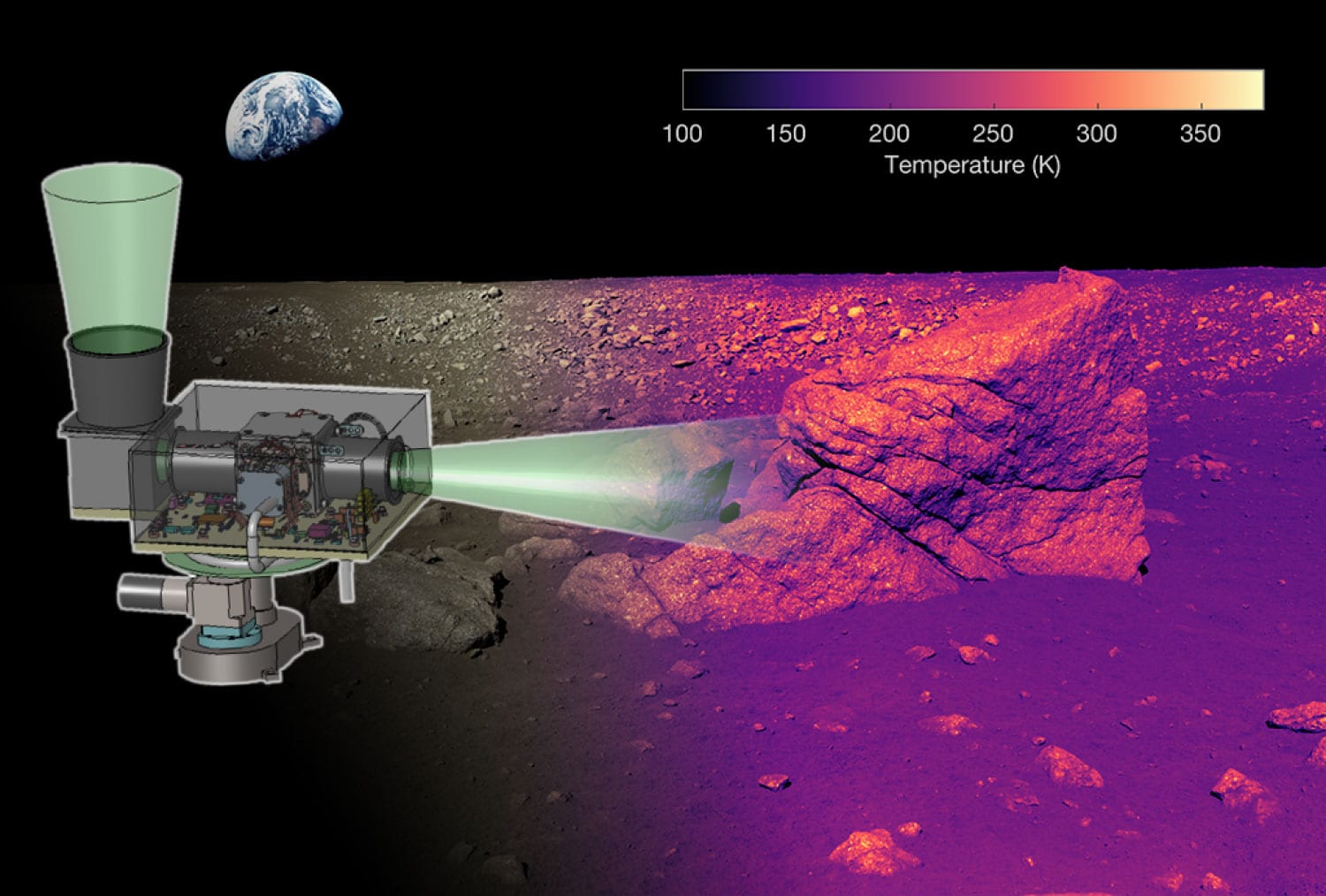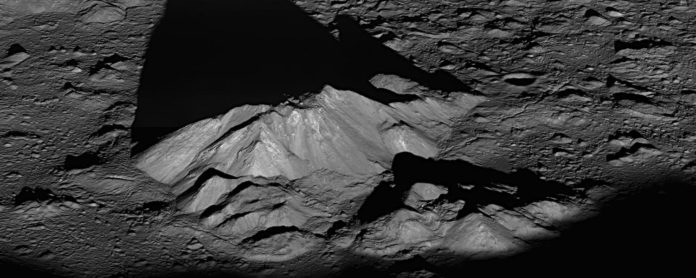NASA has selected the first-of-its-kind camera called the Lunar Compact Infrared Imaging System (L-CIRiS) for payload integration and operations, launching from Earth and landing on the surface of the Moon.
The instrument developed in collaboration between CU Boulder and Ball Aerospace will ride along with one of three robotic landers that will touch down on the lunar surface in the next several years. Through this, NASA has taken a step forward toward the goal of sending people to the moon by 2024.
The instrument will collect better maps of the lunar surface to understand how it formed and its geologic history. The instrument will use infrared technology to map the temperatures of the shadows and boulders that dot the lunar surface.
As the infrared camera will sit directly on top of one of the commercial Landers, it will scan the area around where it comes down, beginning a few feet away from the lander and extending to the horizon. The images will enable scientists to determine what the materials at the landing site are made of and how dense they are.
Moreover, the images are expected to help activists astronauts to stay safe whenever they land their spacecraft at similar sites.

Planetary scientist Paul Hayne, who is leading the development of the instrument, said, ” The team believes that similar cameras could hitch a ride on many more future moon missions. In L-CIRiS, we have designed a cutting-edge instrument in a very small package.”
“We can envision including an infrared camera based on L-CIRiS on nearly every lunar mission going forward, for both science and reconnaissance.”
Daniel Baker, director of LASP, said, ” Collecting better data on the surface of the moon will be a crucial step in understanding not just how this body evolved but also in paving the way for the return of American astronauts. This project highlights how scientists at LASP are partnering with top engineers and industry partners to lead the way for the next generation of human space exploration.”
There is the presence of ice detected on the moon, usually in the shadows cast by craters near the poles. But scientists are not sure about the conditions that cause this lunar ice. L-CIRiS’s data may help them to develop a better picture of how and where water collects on the moon.
Hayne says that he’s also thrilled to see his work become a small piece of what he hopes will be a renewed national excitement for exploring space.
“I think going back to the moon and building a permanent presence there will inspire people,” Hayne said. “I think it will lead to a lot of little girls and boys pursuing careers in science.”
